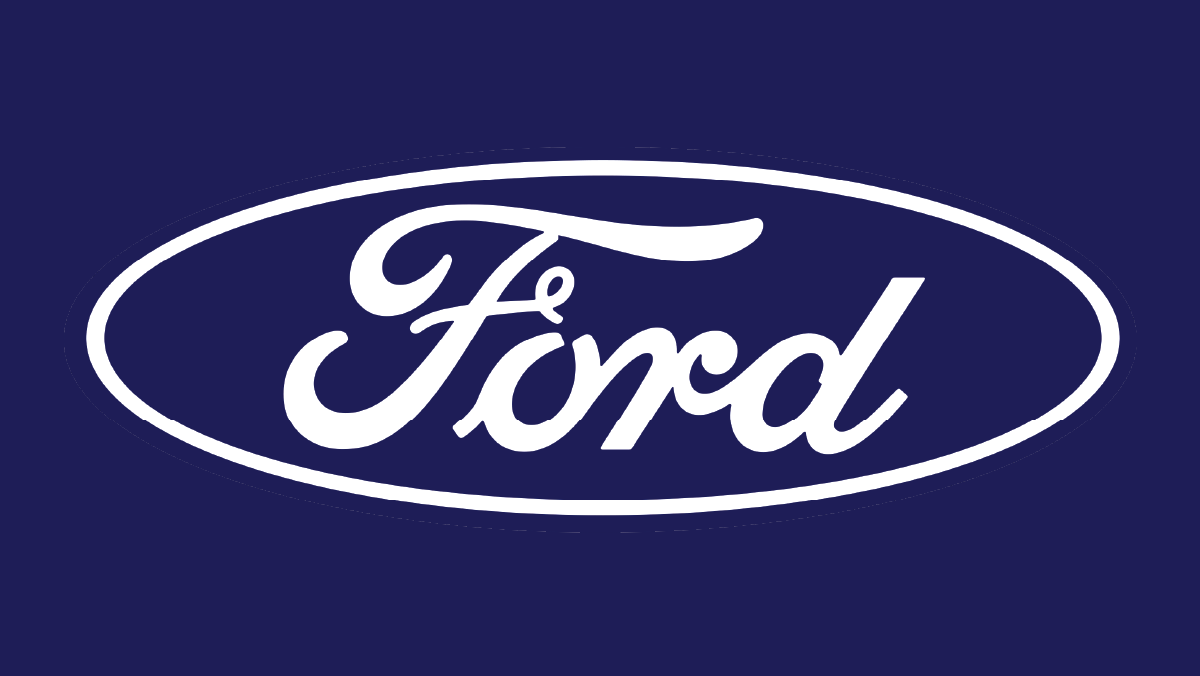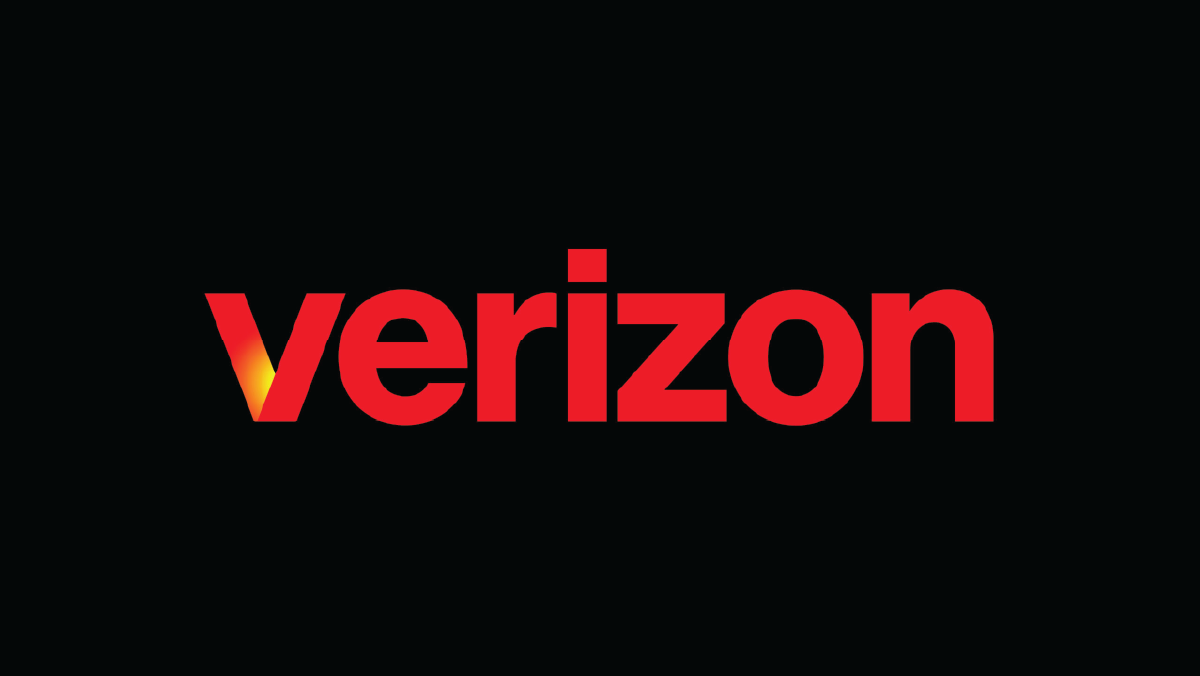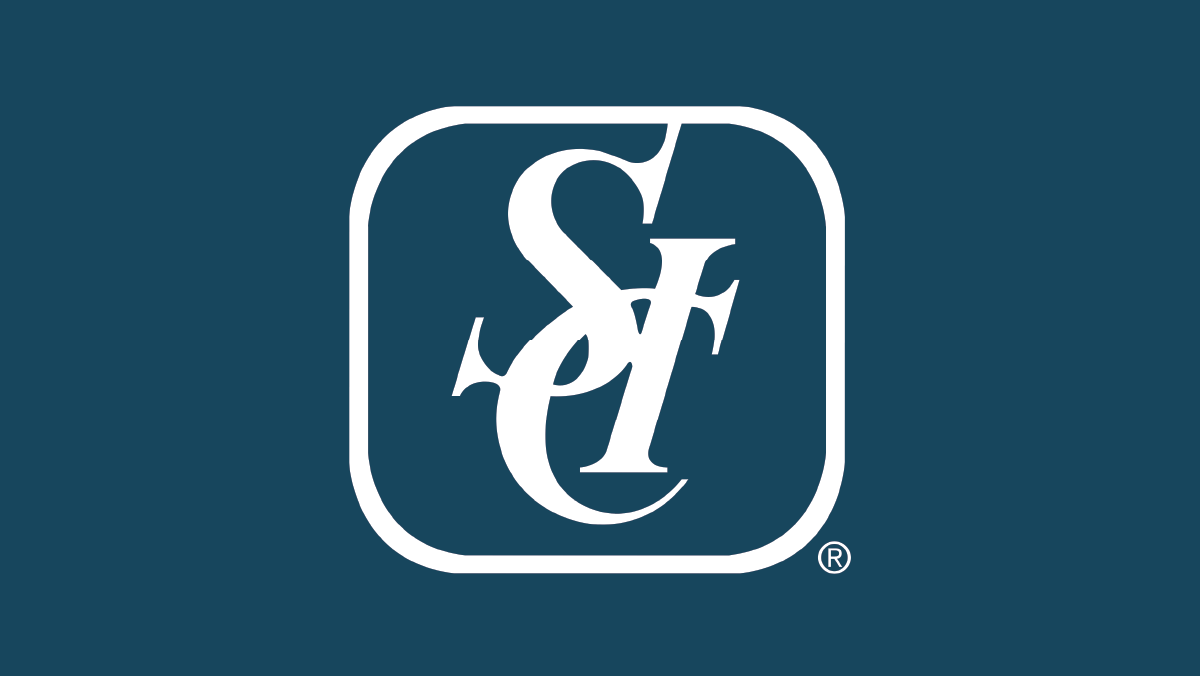A Human-Centered Approach to Streamlining Maternal Care with Pegasystems Software
Overview
As the User Experience Lead on this initiative, I worked with HCA Healthcare to design a digital application to support Maternal Navigation — a proactive, structured care experience that guides expecting mothers through each stage of pregnancy. Built on Pegasystems Software and within HCA’s brand ecosystem, the goal was to create a system that enabled care teams to better manage maternal cases, reduce risk, and improve outcomes through smarter task coordination and clearer communication.
Discovery & Research
We engaged in deep, hands-on discovery work with HCA stakeholders and frontline staff:
Stakeholder Alignment in Nashville: We kicked off the project at HCA’s headquarters, aligning with IT and clinical leadership on goals, technical parameters, and known pain points in maternal care coordination.
On-site Research in Houston: To better understand real-world workflows, we spent time at The Women’s Hospital of Texas, where we spoke directly with OB-GYNs, nurses, and administrative staff. This gave us insight into how maternal care plays out day to day, from intake through delivery, and where technology could fill critical gaps.
Design Philosophy: Shifting from Task-Centric to Patient-Centric Navigation
One of the most critical insights to come out of our on-site research was that maternal care is not driven by individual tasks, it’s driven by people, their stories, and their ongoing care journeys.
In early workflows, tasks were siloed, surfaced generically, and often disconnected from broader patient context. This made it difficult for nurse navigators to track meaningful progress, anticipate needs, or connect with patients in a personalized way.
Putting the Patient at the Center
We made a deliberate shift to structure the application around the patient, not the to-do list. Every major section of the app, from the dashboard to the case view, was reoriented to answer questions like:
• What’s happening with this patient today?
• Who’s involved in their care?
• Where are they in their maternal journey?
• What needs to happen next, and why?
By anchoring navigation, tasks, and documentation within the patient profile and care phase, we allowed care teams to focus on whole-person care rather than fragmented responsibilities. This decision influenced everything from visual hierarchy to the way filters, conditions, and case status are surfaced.
Why This Matters
This approach was especially meaningful in the context of maternal care, where emotional, clinical, and logistical needs all intersect. The patient-centric model supported more empathetic, informed, and longitudinal care, which is exactly what our users told us they needed.
Design Constraints & Considerations
The project operated within two important boundaries:
Pegasystems Software: We designed within the limits of Pega's model driven development platform, working closely with platform teams to ensure everything was feasible and development-ready.
HCA Design System: All designs adhered to HCA’s visual standards for enterprise applications, maintaining consistency with other internal tools while meeting accessibility and compliance expectations.
Designs
Dashboard: From Static to Actionable
The original dashboard surfaced data but lacked interactivity or context. Our redesigned dashboards focused on:
• Clearer task prioritization by day
• At-a-glance visibility into key metrics, patient loads, and overdue tasks
* Integrated search and smarter navigation
These changes helped nurse navigators move from reactive workflows to proactive planning, improving overall efficiency and clarity.
Case View & Patient Profile: Longitudinal Care at a Glance
We designed the patient experience around the idea of ongoing navigation through phases of care:
The Case View reflects where the patient is in their maternal journey (Monitoring, Event, etc.) and pulls in:
• Assigned care team members
• Tasks and appointment history
• Clinical documents and supporting materials
This design supports collaborative care and ensures that everyone, from clinicians to support staff, is aligned on the patient’s care plan.
The Patient Profile offers essential information and links to active navigation cases.
Outcomes & Reflection
Business Value & ROI
Faster handoffs. By packaging all context with the patient, cross-shift handoff time dropped from ~10 min to ~3 min in pilot observations, a 70 % gain in navigator productivity.
Risk visibility. Earlier detection of high-risk cases (e.g., comorbidities) helps prevent costly escalations and potential readmissions.
Workflow Efficiency. Navigators completed daily planning in up to half the time after go-live mock trials.
User Adoption. 100 % of pilot users opted to keep the new dashboard as their default home screen.
Wrap-up
This project highlighted how thoughtful UX can have a direct impact on healthcare delivery. By grounding the design in real user feedback and keeping it tightly aligned with existing platforms, we were able to
• Make workflows more intuitive and visual
• Enable faster onboarding for care staff and patients
• Build a foundation for future enhancements to maternal care coordination at scale
The Maternal Navigation application reflects the best practices of human-centered design applied in a high-impact, enterprise healthcare setting.
Disclaimers
The visuals shown are preliminary mockups using placeholder data only. No patient information or real implementation screens are included.
This project was designed within the functional capabilities of Pegasystems Software, and all mockups reflect constraints and possibilities within that environment.








